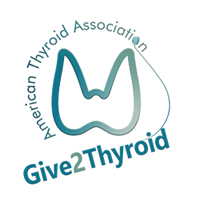Response to therapy was defined as improvement in eye findings. Symptoms measured by a standardized clinical activity score and severity of GO were assessed at 3, 6 and 9 months. Patients also filled out quality of life questionnaire at 3, 6 and 9 months. Relapse defined as worsening of symptoms that occurred after a response was assessed at 6 and 9 months. Safety of the medications was monitored during time of the study.
Response to therapy was observed in 36 of 73 (49%) patients in the methylprednisolone alone group and 48 of 76 (63%) patients in the combination group. At 6 months, 38 of 72 (53%) patients on methylprednisolone and 53 of 75 (71%) patients on combination therapy responded to treatment. At 9 months, 46% of patients on methylprednisolone compared to 67% on methylprednisolone with mycophenolate continued to respond to therapy. At 6 months, relapse occurred in 4 of 38 (11%) patients in the monotherapy group and 4 of 53 (8%) patients in the combination group. At 9 months, relapse occurred in additional 3 (8%) patients in the monotherapy group and 2 (4%) patients in the combination group. Drug-related adverse events were similar in both groups.
Although no significant difference was seen in the response rate at 3 months or relapse rate at 6 and 9 months, advanced analysis suggested that addition of mycophenolate to treatment with methylprednisolone improved response rate to therapy by 6 months in patients with active and moderate-to-severe GO.
WHAT ARE THE IMPLICATIONS OF THIS STUDY?
This study suggests that combination therapy of mycophenolate and methylprednisolone compared to methylprednisolone alone is more efficient in treatment of moderateto- severe GO. This is an important result as moderateto- severe GO is usually associated with poor clinical outcomes as treatment is limited. Indeed, this study shows that been in the group that responded the best, 30-40% of patients did not respond to treatment. More effective therapy is needed but this study is encouraging for patients with moderate-to-severe GO.
— Valentina D. Tarasova, MD




